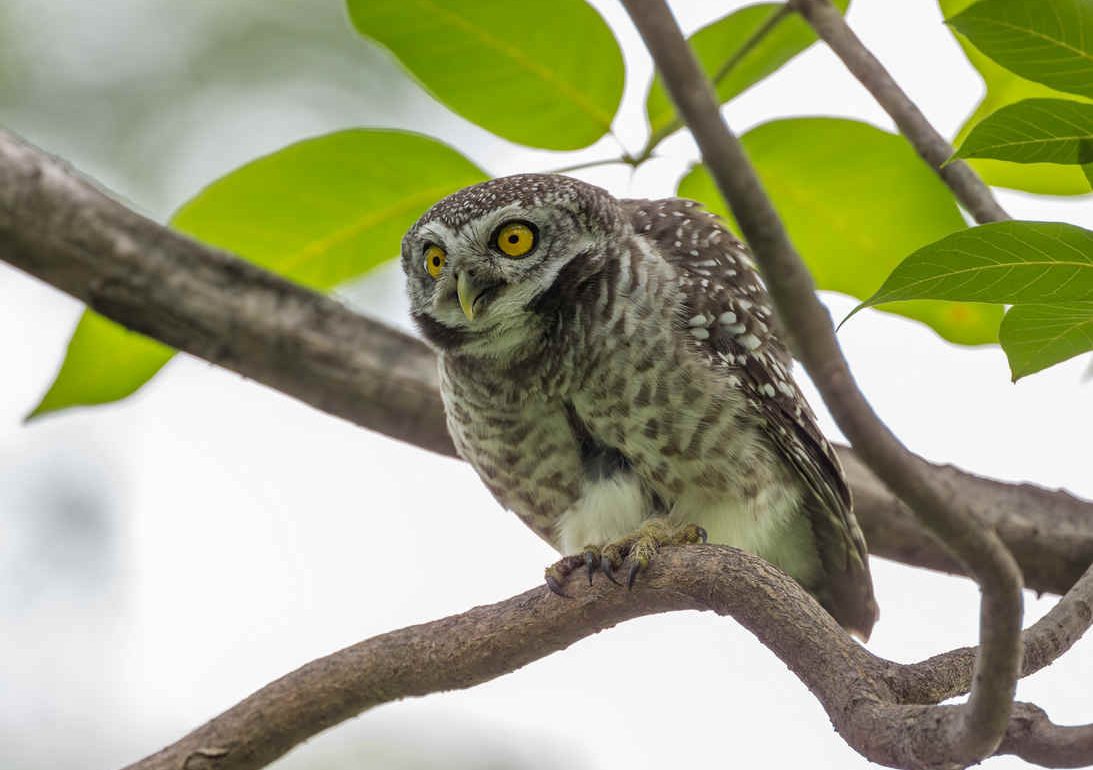
Rot Fai Park in central Bangkok has at least one pair of Spotted Owlets. They get their mail directly to their nesting hole in a tree stump next to a footpath in the park that seems to be well-known to locals (the owlets do not seem to mind having rather bad photos of them taken with mobile phones, though I am sure they were pleased to see me using proper equipment on them).
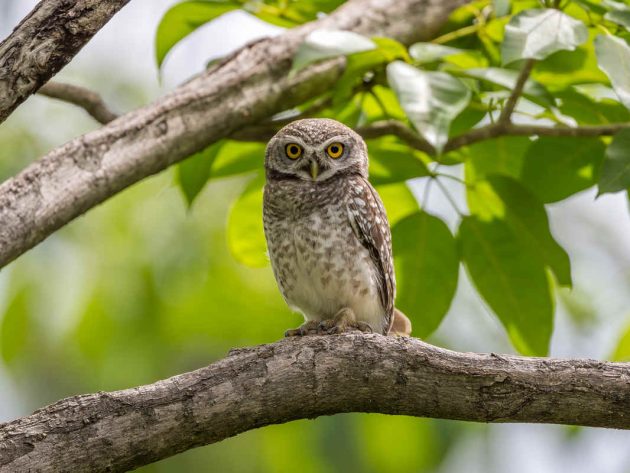
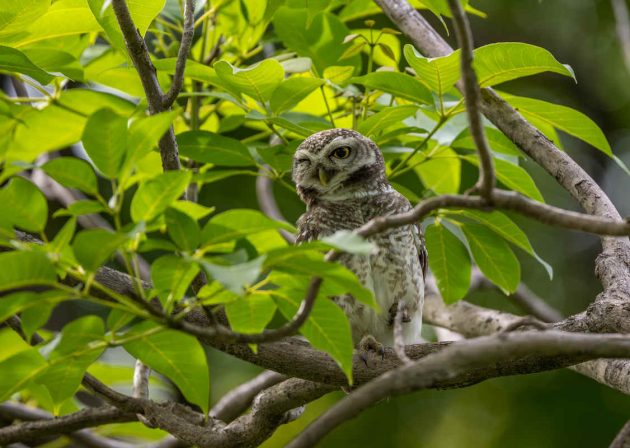
The HBW entry on the species is not entirely positive. The species …
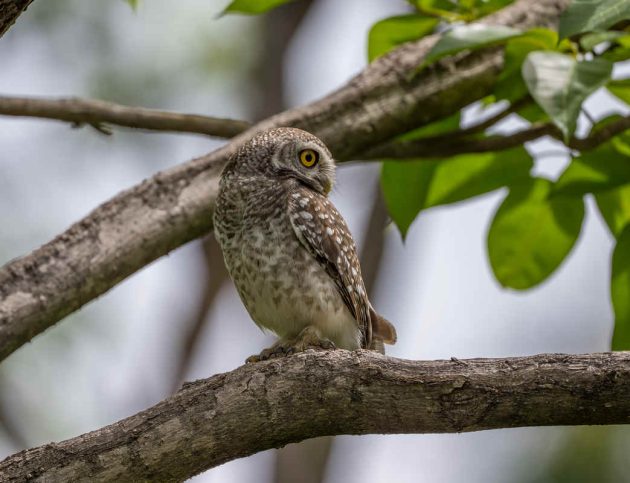
… “appropriates cavities from mynas (especially Acridotheres), parakeets (Psittacula) and rollers (Coracias)” …
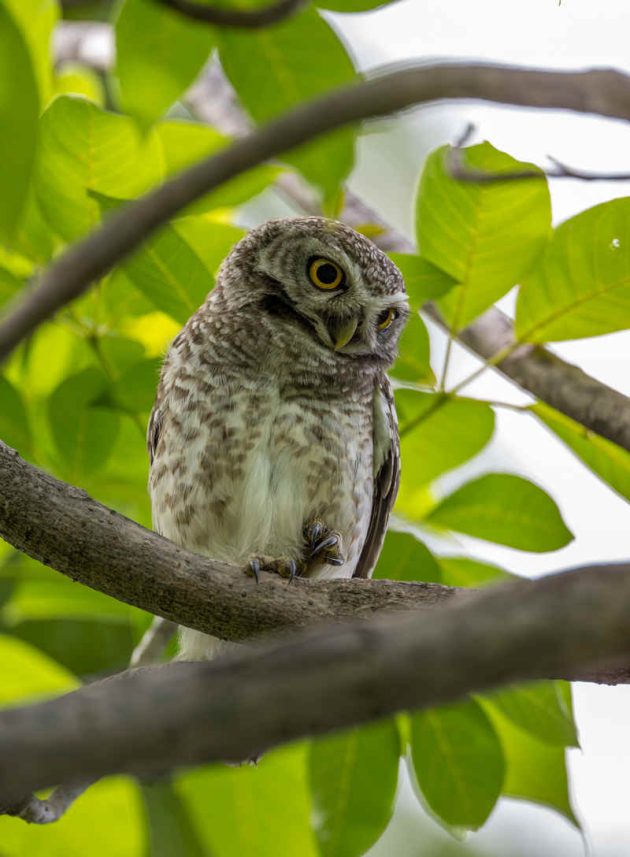
… and there is “no evidence of nest sanitation, faecal sacs and broken eggs left in nest” (which sounds rather disgusting).
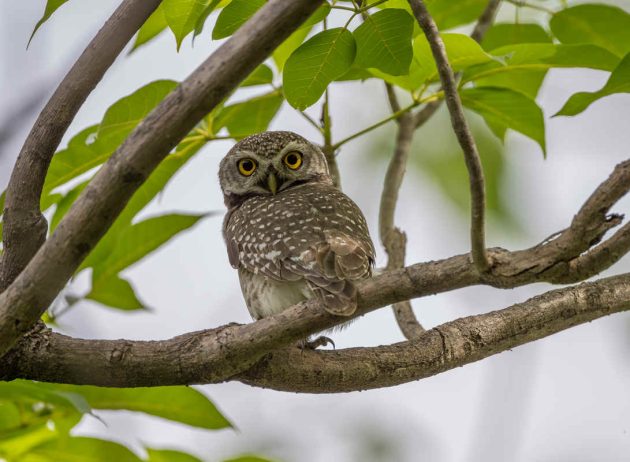
On the other hand, the species gets some cachet from being named after a god – the brama in the scientific name of Athene brama refers to Brama, the supreme Hindu spirit and god of creation (and maybe not a god too concerned about sanitation either).
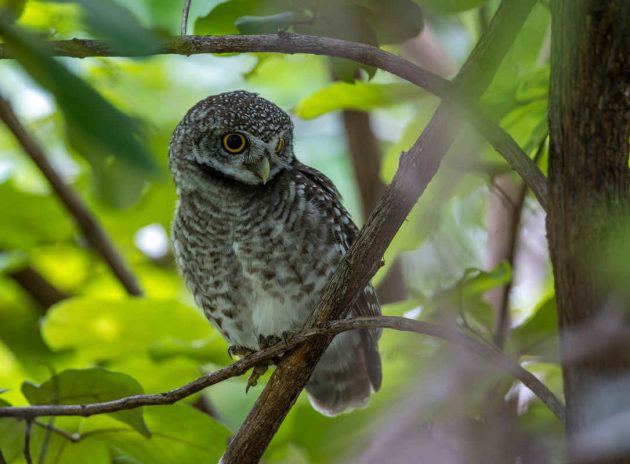

Then again, being named after Brama is not such an honor after all. Apparently, his reputation in the equivalent of the yellow press for Indian gods is not that positive, as he …
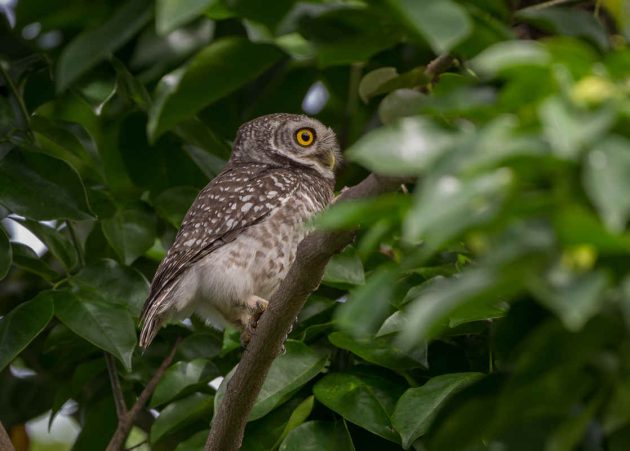
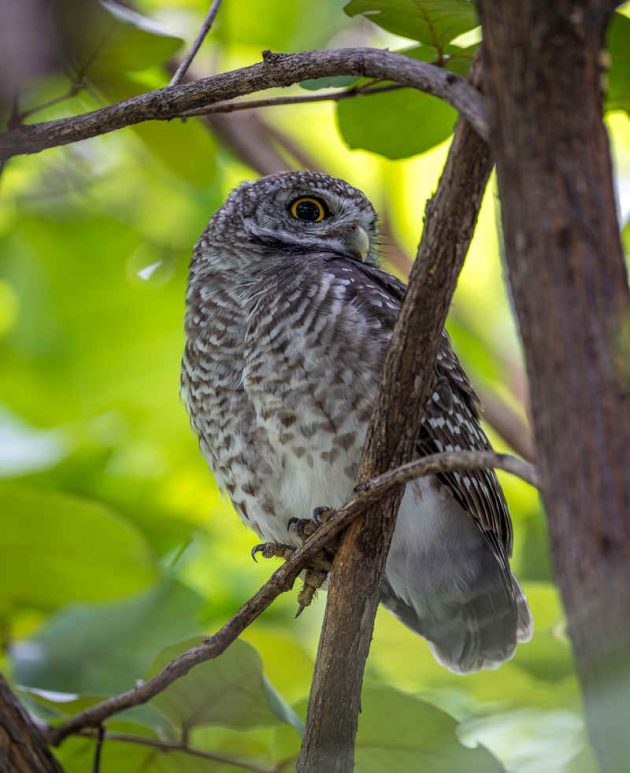
- Apparently lusted for his daughter (not ok, I guess, unless your daughter is not related to you – and even then, see Woody Allen)
- Is not seen as very relevant as his job of creating the universe is already completed
- Is sometimes portrayed as being arrogant (as the same has happened to me, I feel a bit of sympathy for the god in this regard).
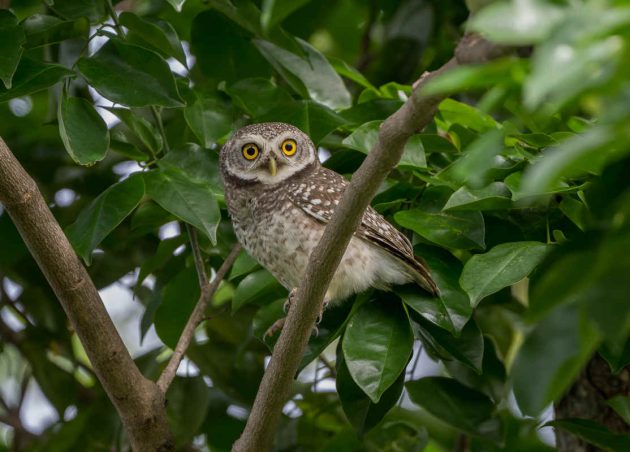
Anyway, as this blog is not called 10,000Gods (though maybe that would make for an interesting site as well), let’s get back to the owlet.
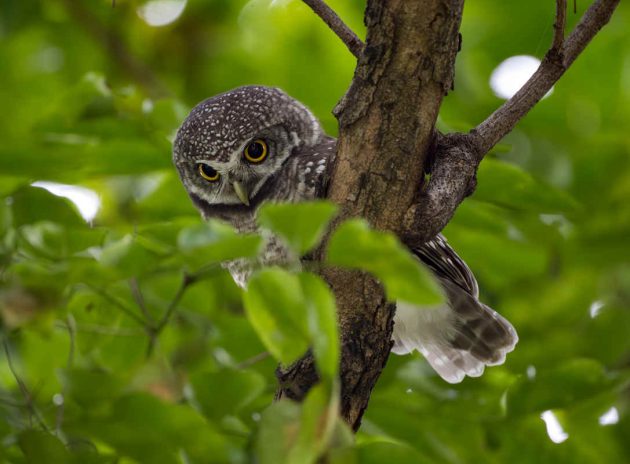
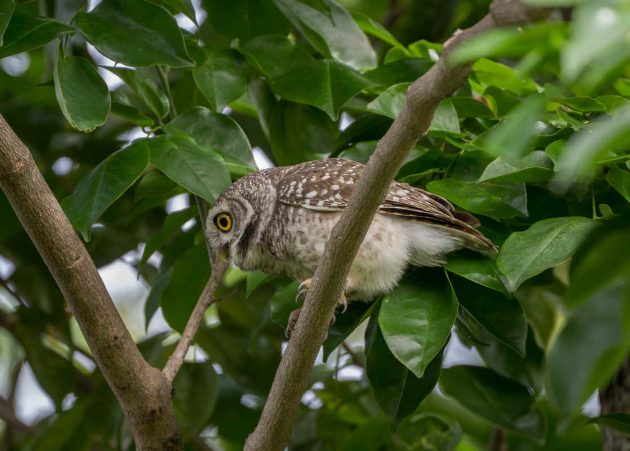
Fortunately, it is not regarded as threatened – indeed, it is described as being rather common in most of its range. I had seen it in the Delhi area before, and it seems to be common there.

Apparently, it does not mind living close to human habitation (source). The reason is not that it loves humans (that would be stupid and strange, says the misanthrope in me), but rather that the preferred food of Spotted Owlets is more abundant near villages. And feel free to replace “preferred food” with “rats”. So, not really a strong endorsement of the human race.
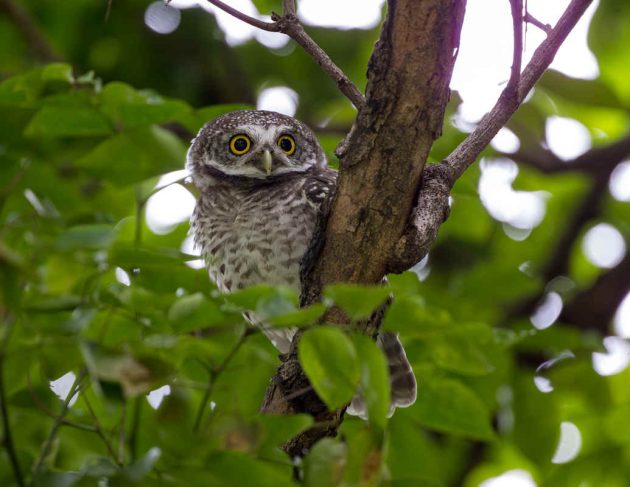
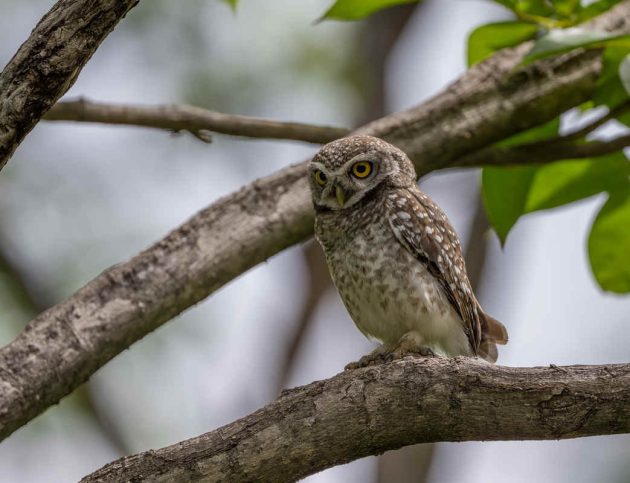
In other locations, the species was found to eat things like scorpions, lizards, and toads (source). However, the preferred food reported in another study is mice, allowing coexistence with Barn Owls, which prefer shrews (source).
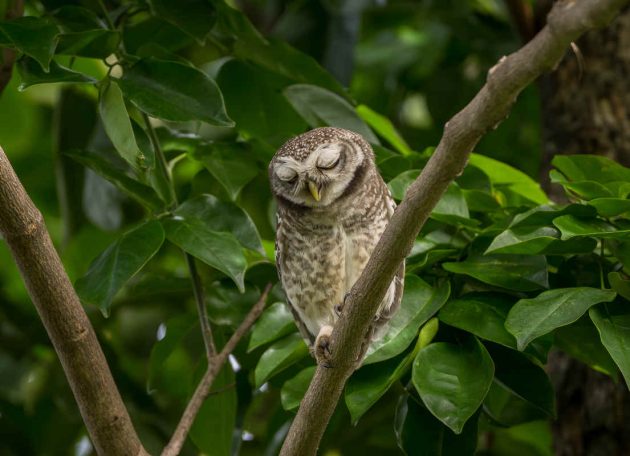
How do you find out what the owlets eat? It is simple but also a bit disgusting – you collect and analyze the owl pellets, as researchers did 200 times and described their results here.
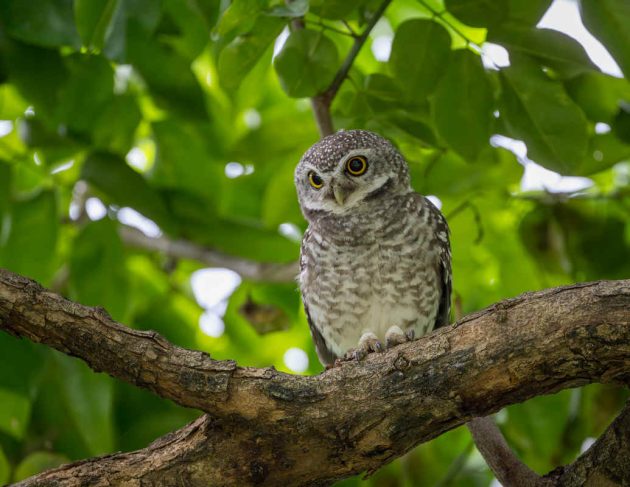
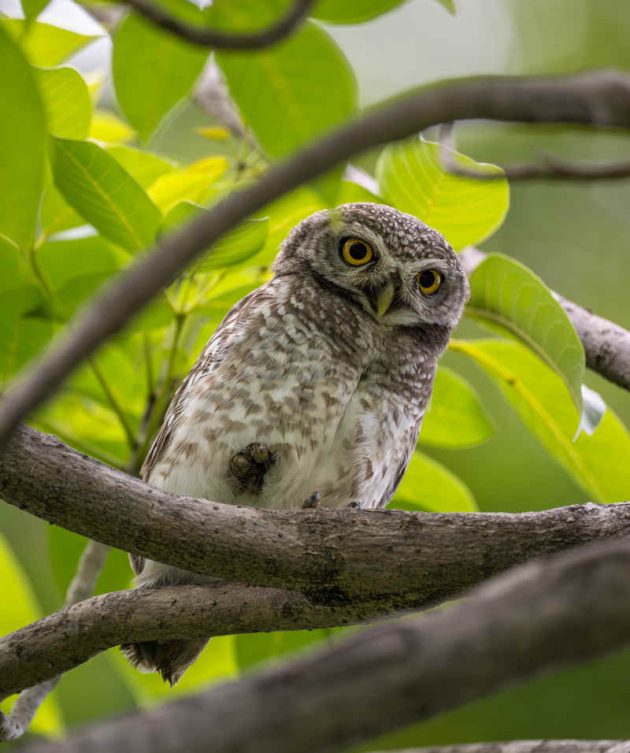
Actually, insects are another preferred food, which is why one paper advises farmers to put up nesting boxes for the owlets in their area to “reverse the decline of such beneficial bird species”.
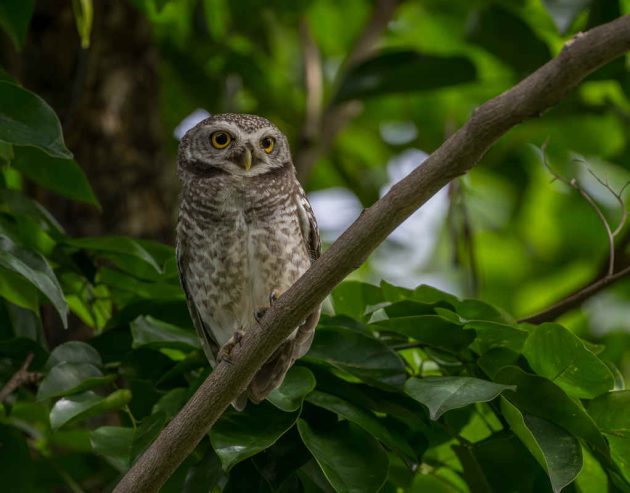
This beneficial aspect of the owlets is further explored in a paper on the owlet as a potential biocontrol agent in agricultural landscape.
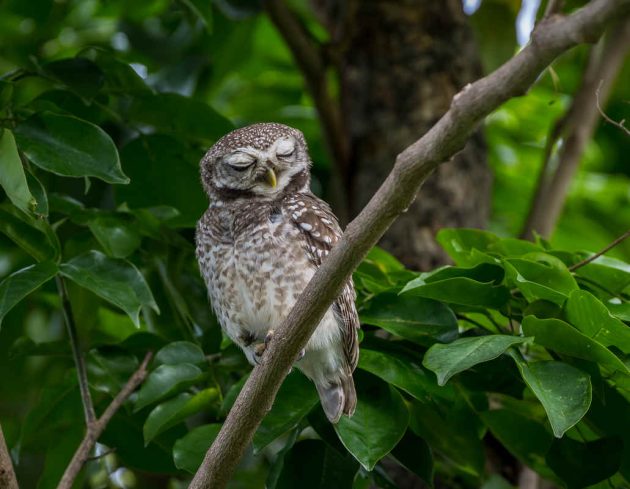
As always in my posts, some advice to bird species wishing to be featured in scientific research: Live and preferably nest on a university campus. Such as the Fergusson College campus, Pune, where just being at the right spot made you the subject of a paper.
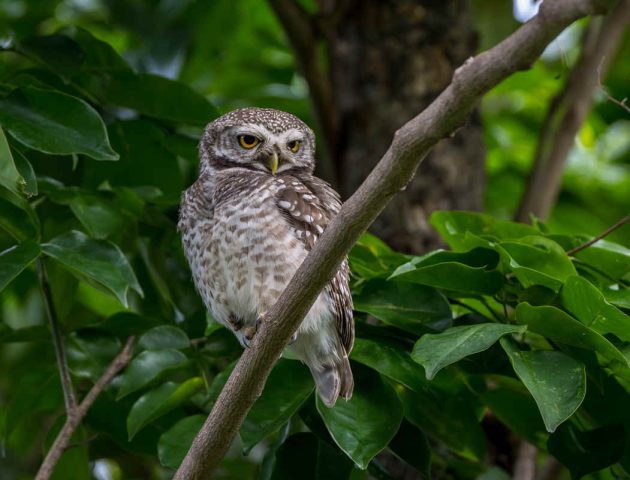
Finally, a video of a Spotted Owlet not doing much can be seen here.
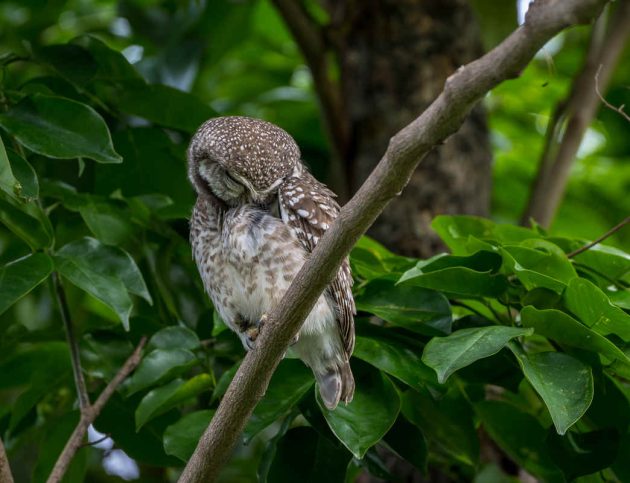


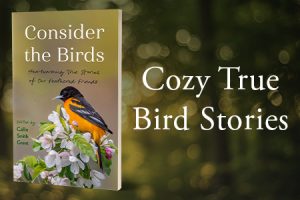



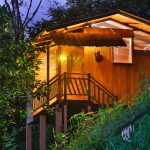
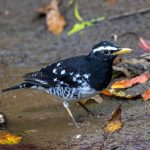
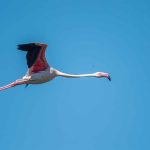
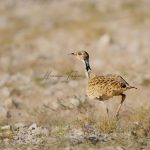

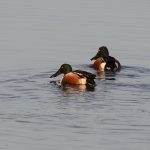
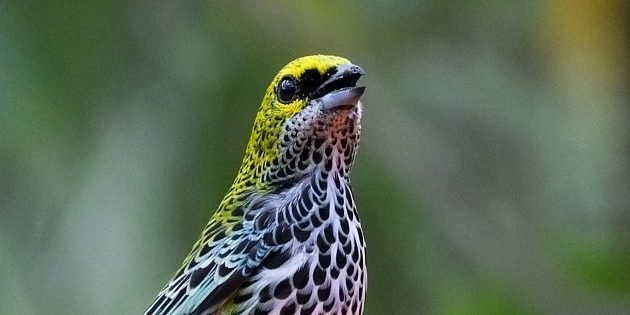
Nice one Kai.